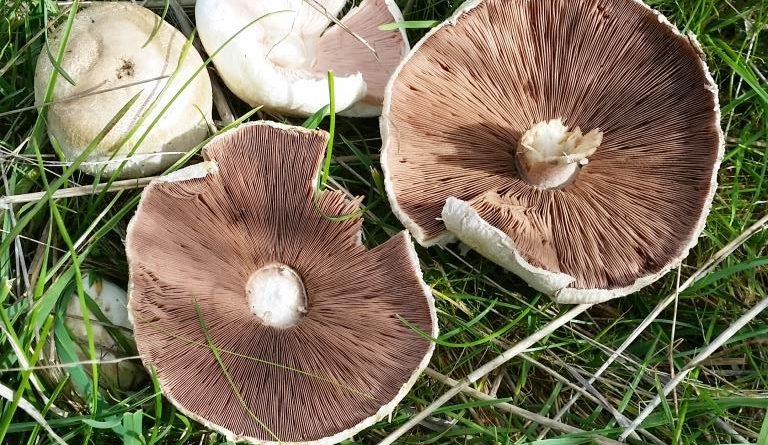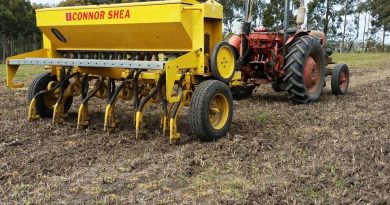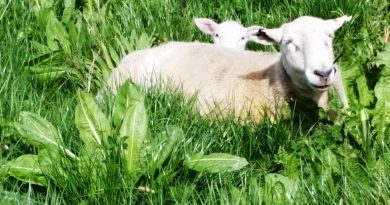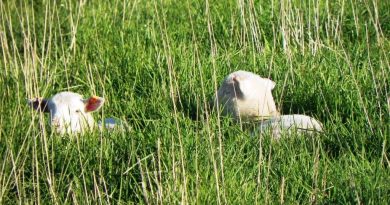Summer/autumn rain brings pasture fungi bonanza
Seasonal update autumn 2020
By Patrick Francis
I have never seen the likes before – huge numbers of mushrooms and toadstools across Moffitts Farm paddocks this summer/autumn. I have described fairy rings before (see “Fairy ring fungi boost pasture growth and palatability” in Soil Health & Plant Nutrition) but nothing like the number and size seen this autumn. These fungus fruiting bodies (mushrooms) were spectacular. And they were all accompanied by soil nitrogen enhanced pasture growth.
I measured one fairy ring not noticed before this autumn and its horseshoe measured 34m long and the distance between the ends of the “shoe” was 10m, figure 1.
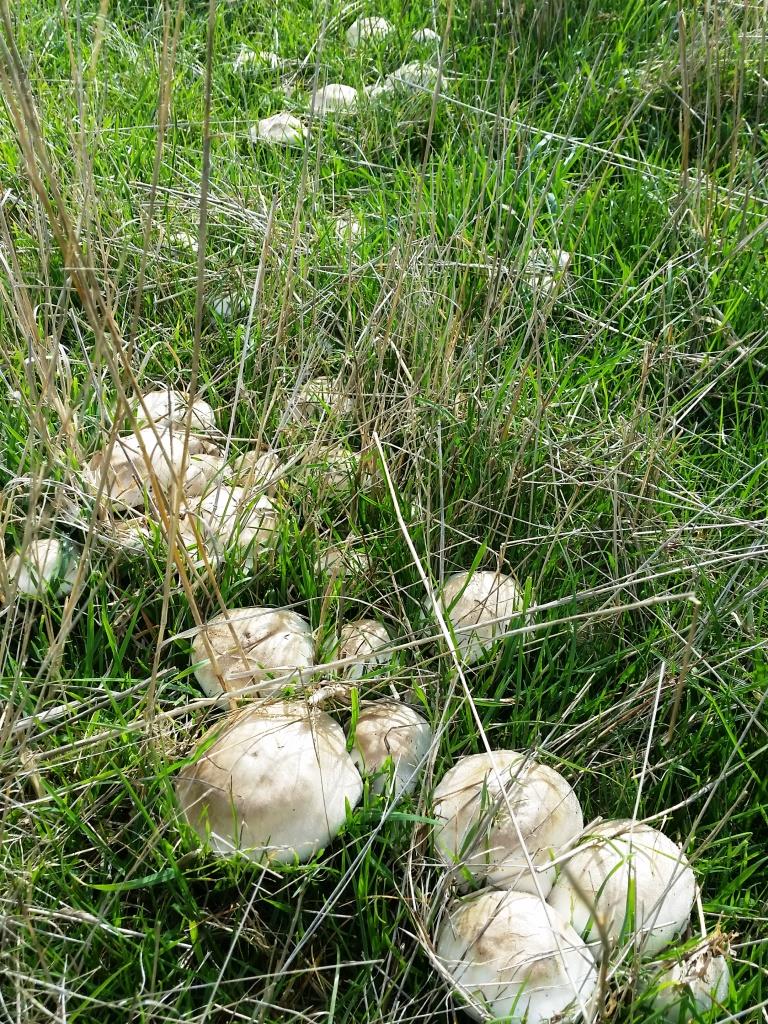
Figure 1: Part of a fairy ring which measured 34m long and the mushrooms were prolific. Photo: Patrick Francis April 2020.
Apart from fairy rings there were mushrooms galore. Some of the mushrooms were 10cm or more in diameter, figure 2.

Figure 2: Mushrooms grew in all paddocks, some were over 10cm in diameter. Photo: Patrick Francis April 2020.
The toadstools were not left out either, they popped up everywhere as well but particularly around agroforest stumps and under pine trees where the beautiful red caps grew.

Figure 3A: Toadstools were often found in association with tree stumps in our agroforests. Photo: Patrick Francis April 2020.
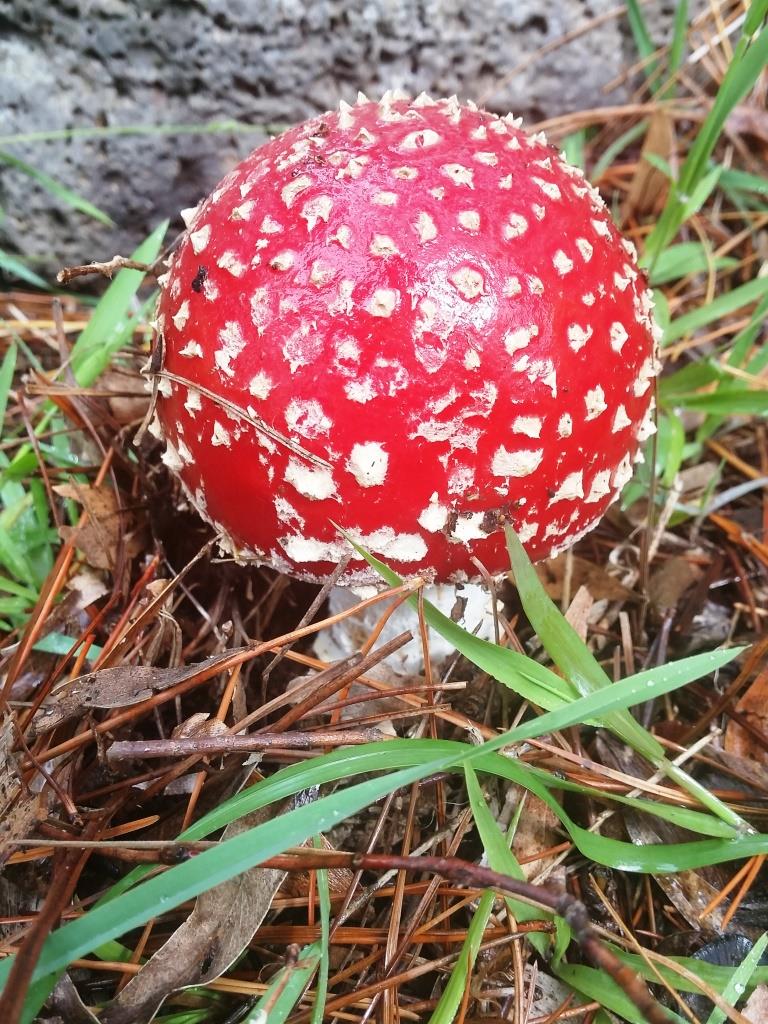
Figure 3B: The red cap toadstools were prolific under old pine trees. Photo: Patrick Francis May 2020. (Amanita muscaria, is commonly known as Fly Agaric. It is an introduced poisonous fungus – http://australianfungi.blogspot.com/ )
While it is not surprising that these mushrooms and toadstool grew given the above average rainfall experienced in January, March, April and May, it was their prolificacy which stood out. A possible reason for this was the fact that rainfall in 2017, 2018 and 2019 was below average. In particular the summer/autumn of 2019 started off with the driest four months on record. Maybe the abundant moisture plus warmth of summer and autumn in 2020 stimulated a fungal reproduction explosion to make up for the lack of opportunity in the previous three years.
Pasture growth outstanding
By the end of May 2020 Moffitts Farm had 424mm of rain. That is exactly the same amount of rain for the entire 2019.
While all pastures responded to this summer/autumn rain it was the pasture renovated over the last three years with improved perennial grass and legume species which stood out. Our pasture renovation program always includes summer active varieties of cocksfoot and tall fescue as well as winter actives. That’s because around 30% of average rainfall occurs over summer so we can usually expect moderate summer pasture growth most years.
Given the amount of growth achieved it was difficult to keep on top of it with our rotational grazing program. One paddock renovated in 2017 with multiple species of grasses and clovers reached 4000kg green dry matter per hectare by mid-May after just 10 weeks rest, figure 4. This was grazed at 125dse/ha for seven days and the sheep removed with approximately 1500kg green dry matter per hectare.
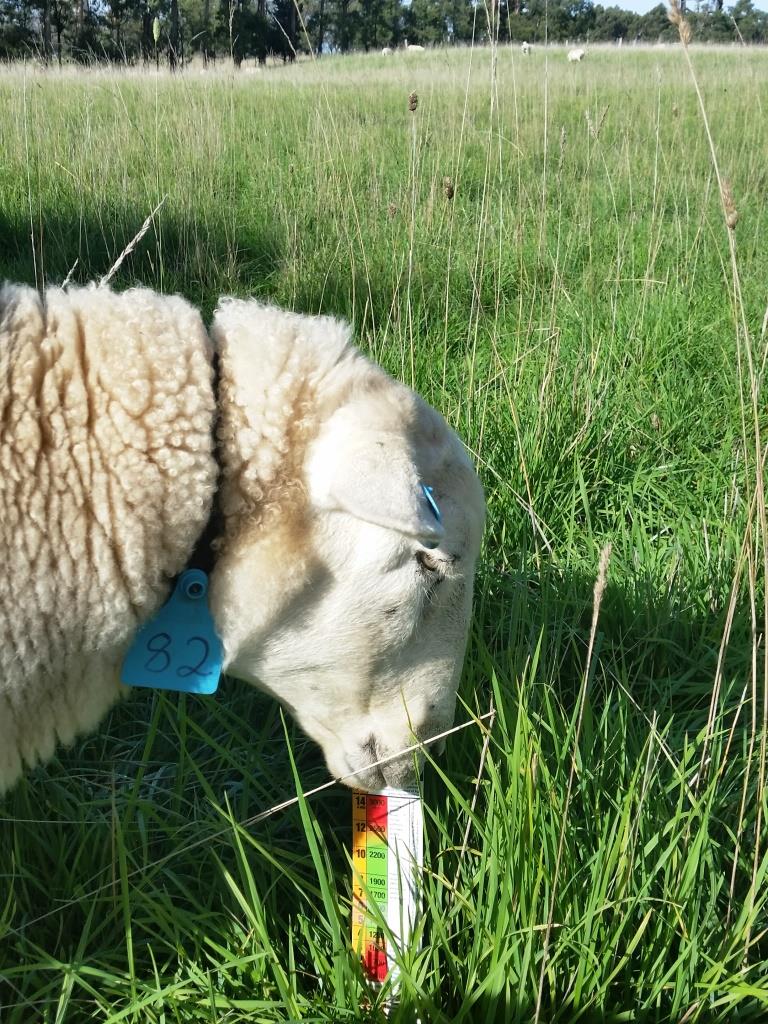
Figure 4: This multi-species perennial grass dominant pasture grew to 4000kg green dry matter by 10 May. Note the ruler is a double one – so pasture is 24 – 28 cm high. Photo: Patrick Francis.
Spectacular pasture growth was achieved in the chicory/plantain/perennial legume and Avalon ryegrass pasture sown in October 2018. This grew what I consider the highest quality, multi-species pasture ever seen on Moffitts Farm, figure 5. This pasture mix is specific for summer/early autumn lamb finishing, hence the herbs. The ryegrass and clovers were included for optimum growth over late autumn, winter and early spring with lambing ewes in mind. Avalon ryegrass, an Agriculture Victoria bred variety, is a new addition to my pasture mix and was chosen because of being bred for persistence in 600mm plus rainfall districts. My view of most perennial ryegrass species is that their persistence declines in years when rainfall drops below 600mm per year and this is becoming more common with climate change in our district, as happened in 2019 with just 424mm.
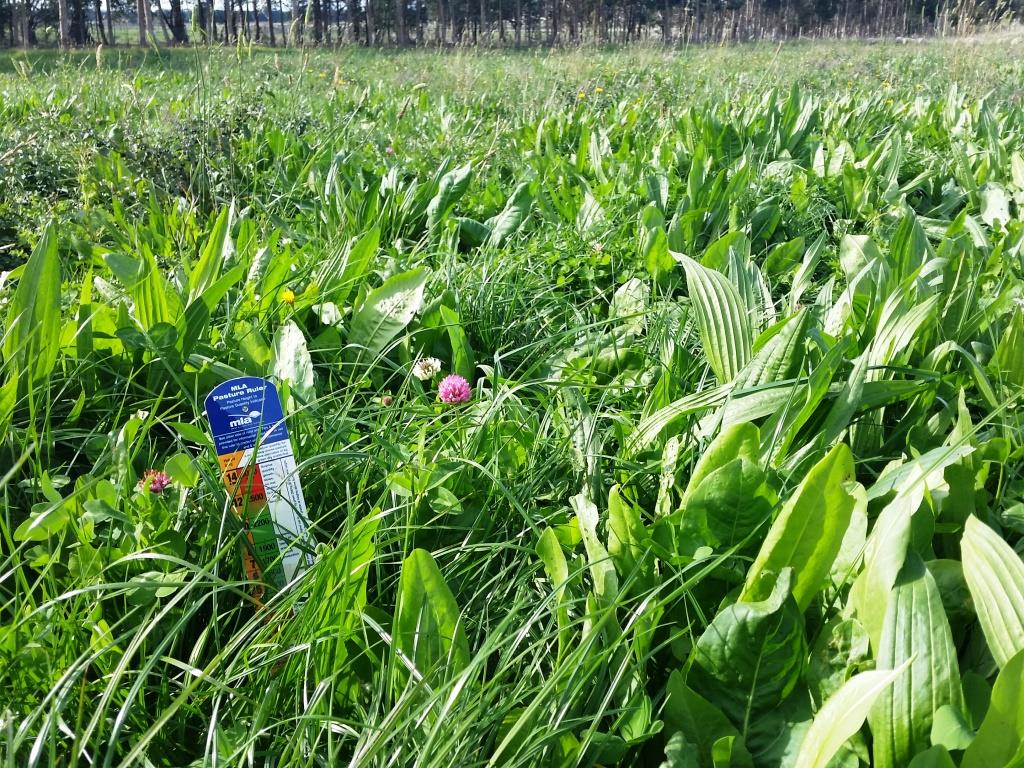
Figure 5: A spectacular looking multi-species herb, clover and ryegrass lamb finishing pasture with around 4000kg green dry matter per hectare on 10 May (double ruler showing pasture height about 28cm). Photo: Patrick Francis.
As it turned out the legumes and ryegrass grew exceptionally well through late summer and autumn during which it was rotationally grazed by groups of finishing lambs. In the February grazing lamb growth rate per day were spectacular reaching 500 grams per day in some animals. But after the pasture was rested during March and April, despite its high quality, lamb live weight gains per day in May were less than anticipated coming in at averages of 130 to 160gram per day. I am not sure why growth rates were this low as previous experience on chicory and plantain pasture had lambs growing in summer at 280 – 350 grams per day.
The same order of low growth rates were also experienced this summer/autumn on the brassica pastures across both Winfred and Mainstar varieties. Past experience had lambs growing around 240grams per day on these brassicas, but not this year.
We did learn two things about brassica’s this summer. Firstly, the sheep prefer Mainstar over Winfred and start eating it first. Secondly, Winfred is susceptible to aphid attack and after its first grazing it was seriously impacted with about 30% of plants being inedible. Given this experience no more Winfred brassica will be sown.
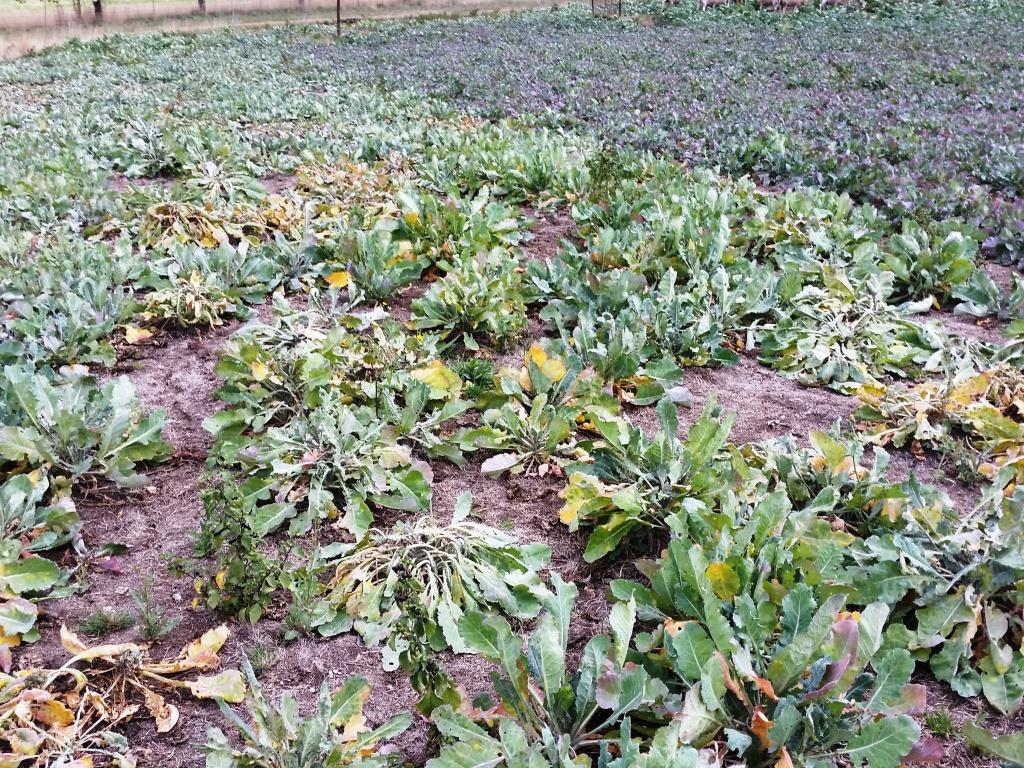
Figure 6: Winfred brassica re-growth (foreground) after its first grazing in February was seriously impacted by aphids while the Mainstar brassica (top) is unaffected on 3 March 2020. The Winfred plants did recover from the attack and the paddock re-grazed in May.
Biodiversity
The most notable feature of summer/autumn biodiversity was the almost daily sighting of echidnas in pastures, agroforest and riparian zone. Why the number of these magnificent monotremes has increased is not known but it is a privilege to see them on the property.
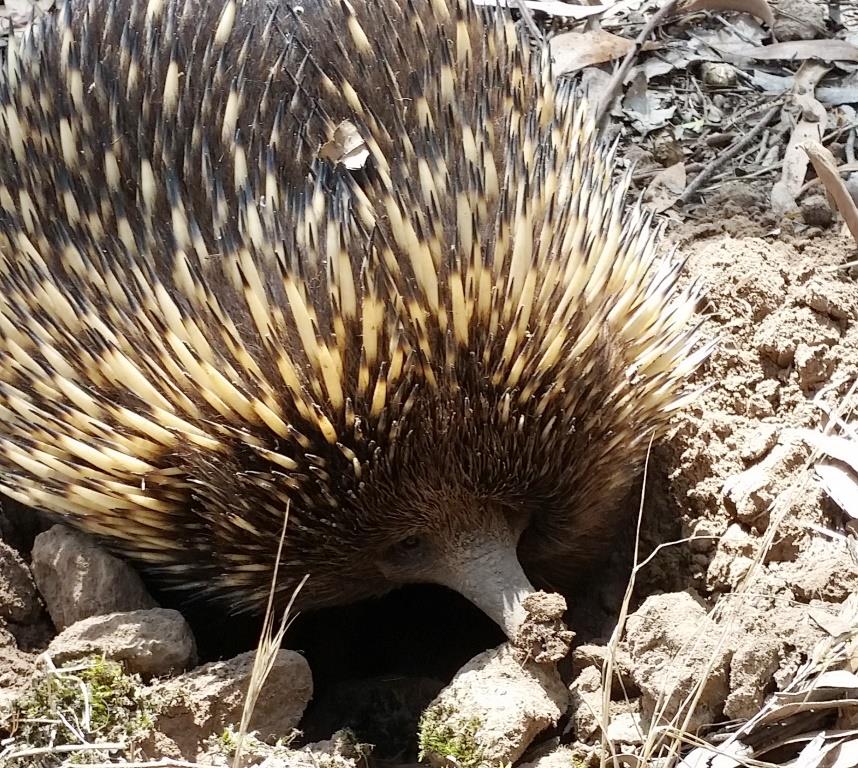
Figure 7: The number of echidnas seen during summer/autumn was exceptionally high. Photo: Patrick Francis March 2020. (The echidna and the platypus are Australia’s two monotreme species. Monotremes are different from other mammals because they lay eggs and have no teats. Milk is provided for their young by being secreted out of pores on the female’s belly.)
An unusual visitor over this time was Musk lorikeets. Large numbers arrived in February and stayed for approximately two months. They were particularly interested in the sugar gums (E.cladocalyx) which flowered for about three months.
Eucalypt flowering was another feature of summer/autumn and a bee keeper who has hives on Moffitts Farm said honey production was the highest she had experienced in the last three years.
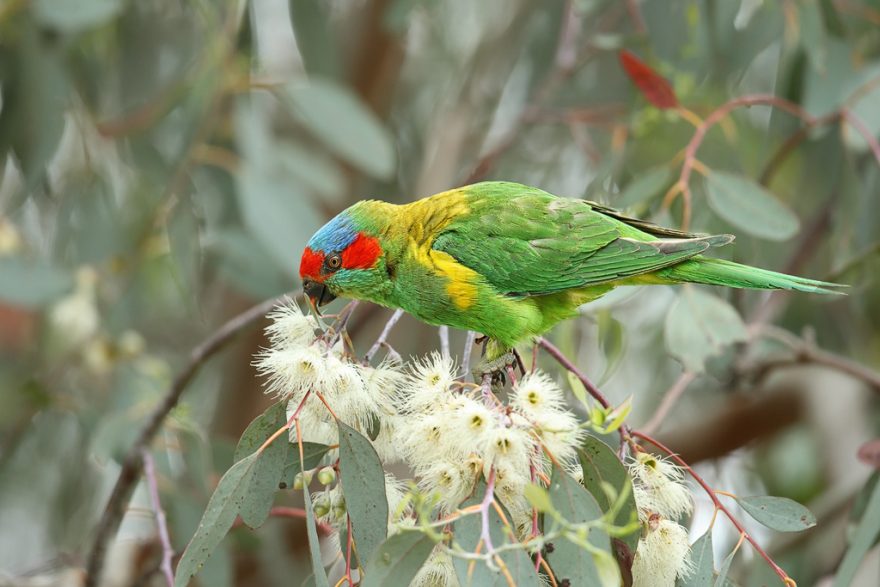
Figure 8: Musk lorikeets arrival in their hundreds during summer early autumn coincided with a mass flowering of sugar gums. Photo: Birdlife Australia.
The other interesting ecosystem functions event associated with the above average rainfall during March was the amount of time it took before any paddock runoff happened across Moffitts Farm. In fact we did not start to see any runoff until mid-May after around 350mm had fallen for the year. Prior to May the water in these dams originated from what actually fell in them as well as sub surface flow. This was sufficient water for an explosion of frog egg laying and the days and nights were full of frog calling. Figure 9.

Figure 9: By mid-March there was an explosion of frog egg laying in dams and the creek chain of ponds which had water in them for the first time since October 2019. Photo: Patrick Francis March 2020.
By mid-April our local creek began flowing for the first time in that month since 2012. The creek flow was supported by sub-surface flow supplying springs. As well roadside runoff into the creek helped lift flow.
Dung beetles were also very active once the rain started in January, figure 10.
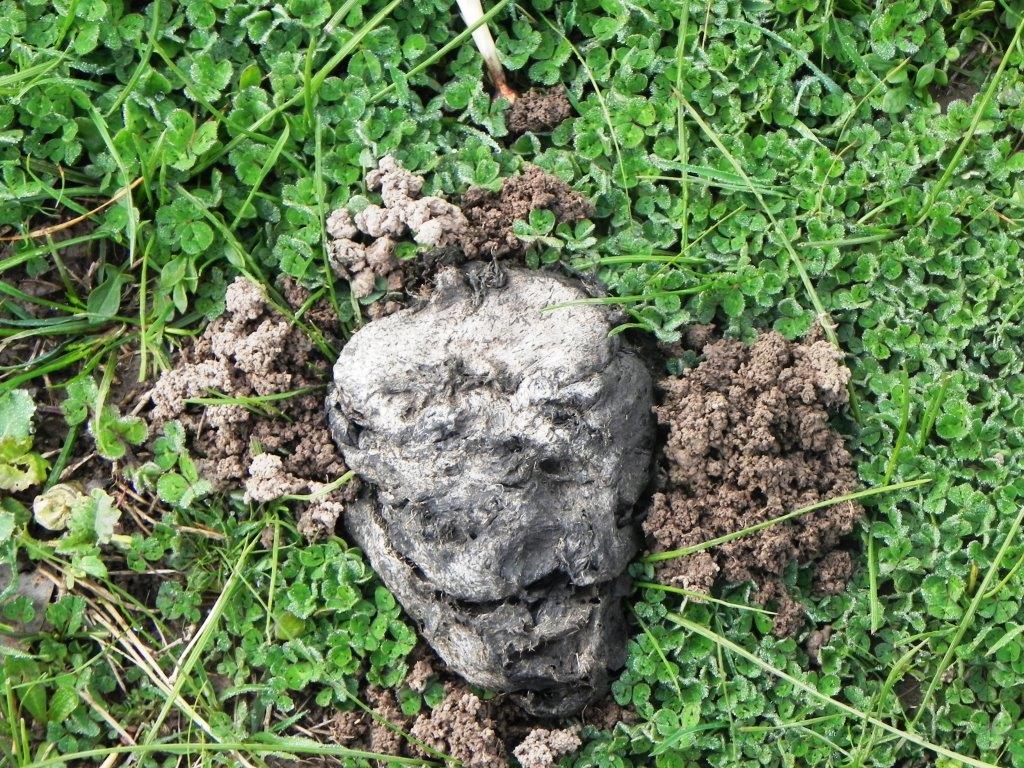
Figure 10: Dung beetles are active on sheep poo once soil moisture conditions suit them. Photo: Patrick Francis.

